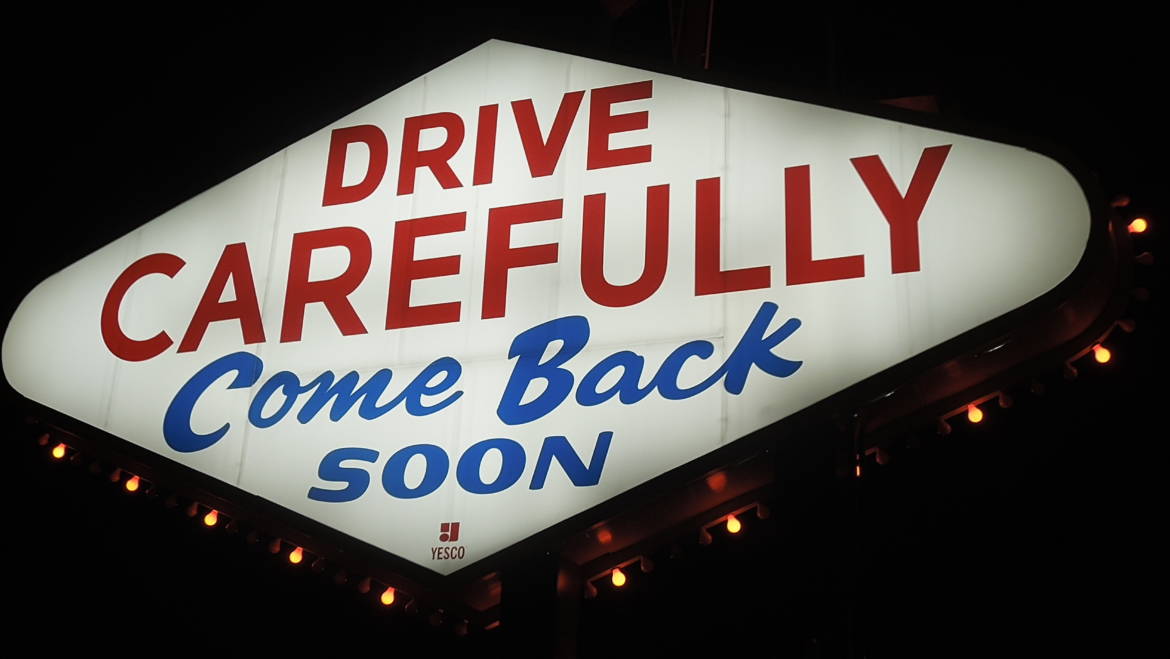
Loyalty programmes are designed to influence consumers’ behaviour, encourage them to spend more and increase repeat visits. But how can you tell if yours is actually working?
One of the most common ways of measuring the success of a rewards scheme is to calculate the redemption rate. This is the percentage of loyalty points that are actually cashed in for rewards. To work it out, you simply divide the number of points redeemed by the number of all points issued, including expired ones.
If customers find your loyalty scheme appealing and keep coming back, they will redeem their points and your redemption rate will go up. If they don’t, it will go down. A good target rate to aim for is over 20%, although the average loyalty programme worldwide sees only 13.7% of its points redeemed, according to Smile.io. In the UK, it is slightly higher at 15.2%.
But you can’t reward customers through a loyalty programme if it doesn’t engage them in the first place. Nowhere is this more important than in the highly-competitive quick service retail (QSR) industry, where there is little variation between rivals. Indeed, Deloitte predicts that increased "customer promiscuity” will be a key long-term trend for the UK casual dining market in the coming years, amid a willingness to try other cuisines and a rising lack of brand loyalty.
As such, having a meaningful loyalty programme can be a "great way to stand out from the crowd”, according to Heather Gouinlock, client lead at LoyaltyOne. For fast food retailers, it can literally make the difference between success and failure, she adds.
One way to engage customers is through new, digital technologies. UK sushi and bento chain Wasabi recently launched an app-free loyalty scheme. Customers in Central London can now earn points by using their smartphone to scan QR codes or tap near-field communication (NFC) technology provided by Thyngs. Those who collect seven virtual loyalty stamps can then claim a free meal.
By avoiding paper or app-based approaches, Wasabi and other retailers are encouraging customers to engage with the brand in a way that is immediate, easy and frictionless. No more rooting around in the wallet for a tattered stamp card or hoping customers will download your app. And the easier points are to earn and spend, the more customers are likely to cash out rewards and come back.
Indeed, the COLLOQUY 2017 Loyalty Census forecasts that immediacy will be a key driver for quick service restaurant loyalty schemes in the future. Similarly Julian Wallis, of Rambus, writing for Mobile Payments Today, predicted that real-time redemption will become increasingly vital, with customers who get instantaneous rewards spending up to 25% more compared to traditional redemption models.
However, it is important for retailers to not get complacent, as the success of a loyalty schemes can be influenced by a range of factors including changing trends, different markets and varying competition.
But it would appear that those which encourage immediacy and customer engagement are likely to remain ahead of the pack.

